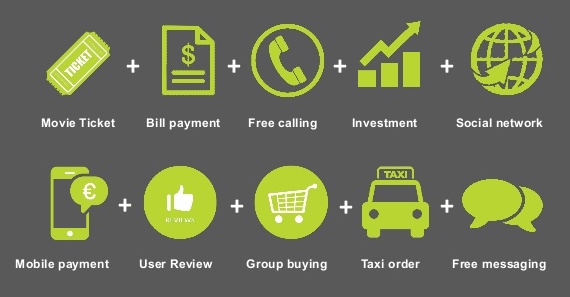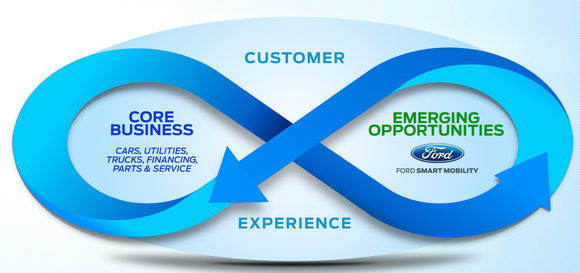In a recent article, we covered the rise and fall of web trends over the past year.
In this article, we’re taking a look at the various trends in mobile that we saw come into their own throughout 2016.
1. Voice-driven search
Siri, Cortana, and Google Voice search have all become a bigger part of our lives over the past year. Plus, other companies like Amazon Echo’s Alexa are showing the world that it’s not just the big search companies who can get in on the action. Voice activation has become a leader in how we choose to engage with our technology.
So it’s only natural this has begun to spill over into
how people are searching for stuff online.
The shift over the past year has been away from finding the right
source of information and towards the
right information.
For example, in the past you might have typed into your search “best pho Toronto”, gone to a BlogTO article, read about what the top 10 best pho places were, and picked the one that was close enough and high enough up the list to satisfy your demand for good pho and your desire to avoid schlepping.
Sooo 2014.
Today, that same search would start with “OK Google! Where’s the best Pho?”
To which Google would reply…
“… the best pho place nearest you and open now is blah blah blah.” And give you directions to get there.
Do you see the difference? We’re no longer looking for where WE can get the info we want, but rather expecting that
Google itself knows the answer. This fundamentally changes how we’re looking for information online, and we think this change is going to stick around for a while.
2. Superapps

Yes – Superapps. Back in August, the
New York Times released a video all about China’s tech world that exists within the Great Firewall, specifically focusing on WeChat, a so-called Superapp.
Essentially, WeChat has the functionalities of many different apps all rolled into one – it fills the role of:
- PayPal
- Amazon
- Social networks (Facebook/Instagram)
- Messaging apps
- Uber
- UberEats
And others. Naturally, this allows the collection of a tremendous amount of user information on a scale that Google and Facebook can only dream of – which is why in the back half of 2016 we’ve started to see that 'Swiss Army knife’ approach to app design jump the Pacific and start to crop up here.
Our prediction?
This concept of superapps is too tantalizing to let go. Companies, who have been veering towards single-function will start to flow back towards complex, multiple functionalities in the hope of becoming the West’s version of WeChat.
3. Hardware is stagnating

Remember when each year brought a huge breakthrough in technical innovation? Well, 2016 has sort of bucked that trend. The pace of innovation appears to be going through a more incremental phase right now.
Better battery life (with larger batteries), better low light cameras, a baby step towards better VR and AR, tougher screens – these are all positive innovations.
But a breakthrough? We don’t think so.
One new product that we do like is the new Moto Z and it's Moto Mods, which as you can see
through it's commercial, is taking a direct shot at the stagnant innovation in hardware. Moto Mods are similar to
Google's project Ara and might be a glimpse into the next breakthrough coming to smartphones. Who know where we ill go in 2017, but for now we’re happy that our phones can go all day and all night.
4. Mobile is transitioning off phones
Our understanding of what mobile means has changed significantly over the past year. Back when wearables were being introduced, there was an inkling that ‘mobile’ might mean more than phones.
But over the last year, that message has been drilled into us as the
internet of things becomes an ever-increasing reality.
For example, earlier this year,
Ford began calling itself a mobility company, focused on how its hardware (a car) integrated with various apps.

Which again, represents a fundamental change in how we think about mobile products. It’s not that Ford is making cars that integrate with apps – it’s that the language being used is the language of the app and mobile worlds. Basically, Ford is saying it is interested in how its customers use its technology first, only dealing with the hardware second.
What does this mean for companies?
The potential for mobile development is huge. Apps and devices are experiencing explosive growth and while apps on phones might be old news, the potential to leverage technology in other devices (e.g. cars) with software and hardware integrations is huge.
Wrap up for the year
2016’s been a good time for mobile trends. Our relationship with our mobile technology is better than it’s ever been, and companies are growing increasingly adept at identifying and solving sticking points with their mobile products.
Mobile’s been on point, and we are excited about what it’s going to bring in 2017.
